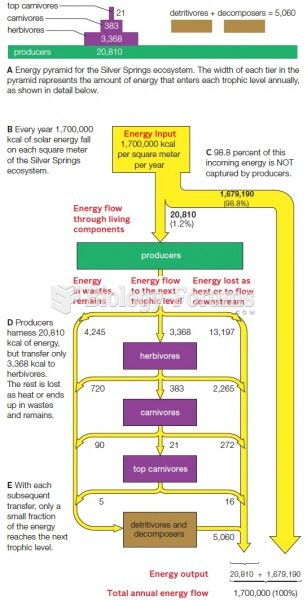Answer to Question 1
ANSWER: Latent heat is an important source of atmospheric energy. Latent heat energy can be released into the atmosphere through the evaporation of vapor molecules from Earth's surface. Once vapor molecules become separated from Earth's surface, they are swept away by the wind much like dust in front of a broom. Rising to high altitudes where the air is cold, the vapor changes into liquid and ice cloud particles. During these processes, a tremendous amount of heat energy is released into the environment. The heat provides energy for storms, such as hurricanes, middle latitude cyclones, and thunderstorms.
Furthermore, water vapor evaporated from warm, tropical water can be carried into polar regions where it condenses and gives up its heat energy. Thus, evaporationtranspor tationcondensation is an extremely important mechanism for the relocation of heat energy (as well as water) in the atmosphere.
Answer to Question 2
ANSWER: Rising air always expands, whereas sinking air always shrinks. The reason is that air pressure decreases as we move up into the atmosphere. Consequently, as air rises, it enters a region where the surrounding air pressure is lower. To equalize the pressure, air molecules inside a rising parcel push the parcel walls outward causing expansion.
Expansion causes a decrease in air temperature. Because there is no other energy source, air molecules inside the parcel use some of their own energy to expand the parcel. This energy loss shows up as slower molecular speeds, representing a lower parcel temperature.







